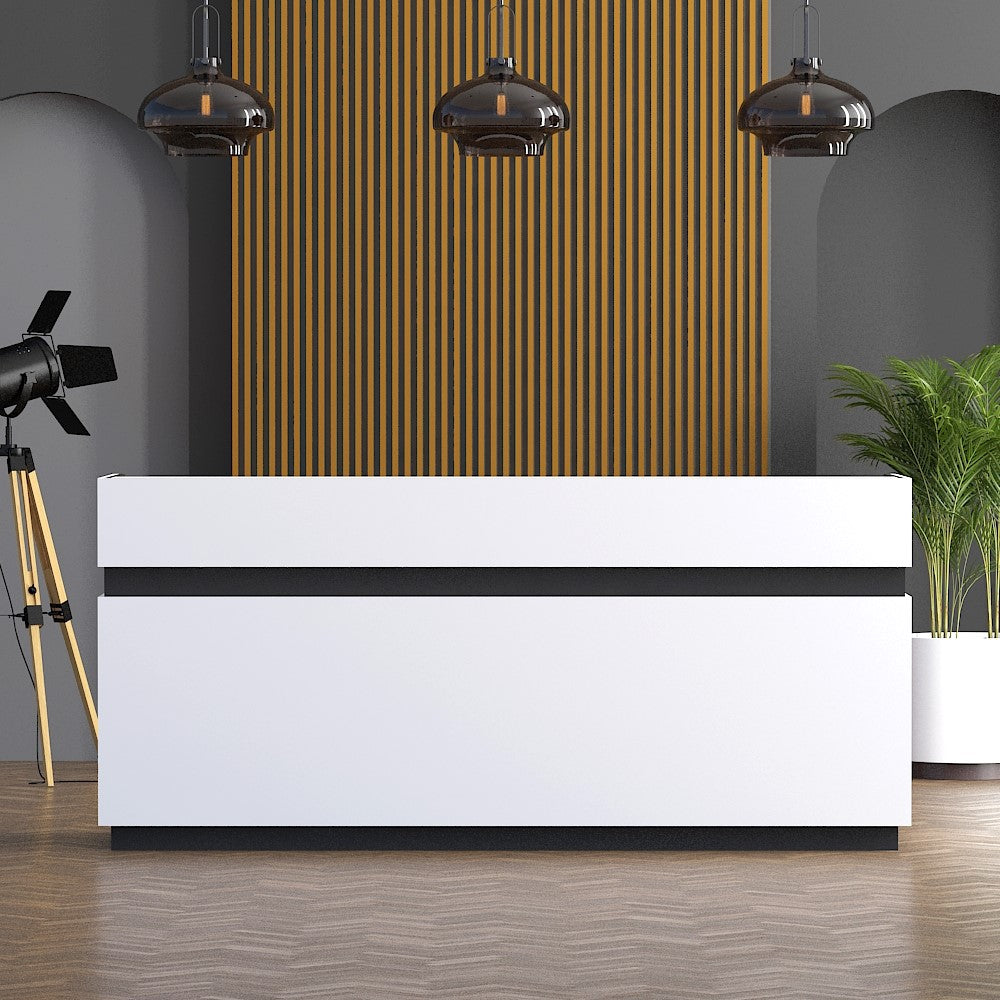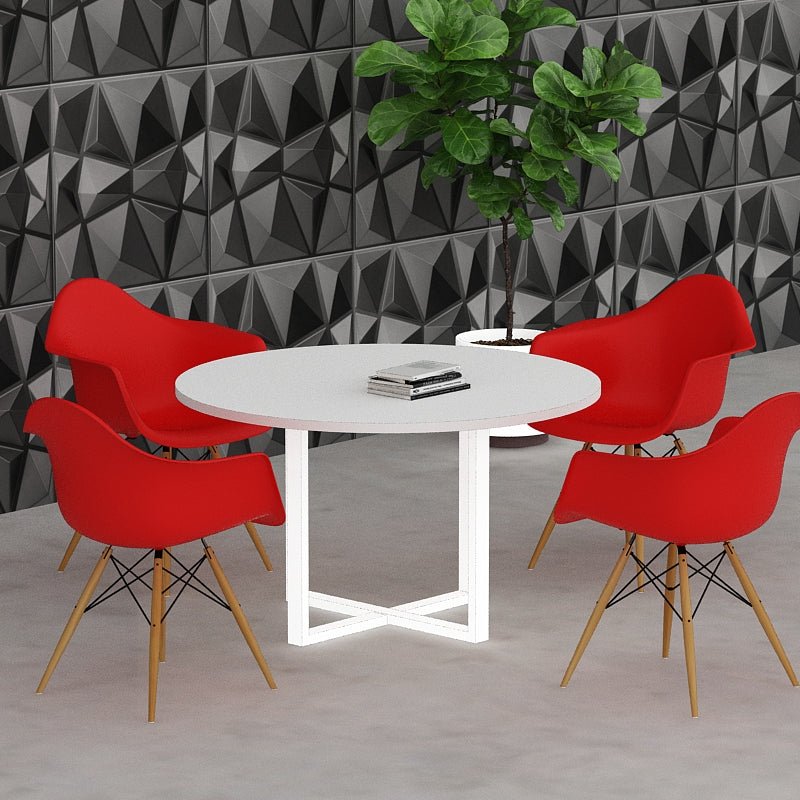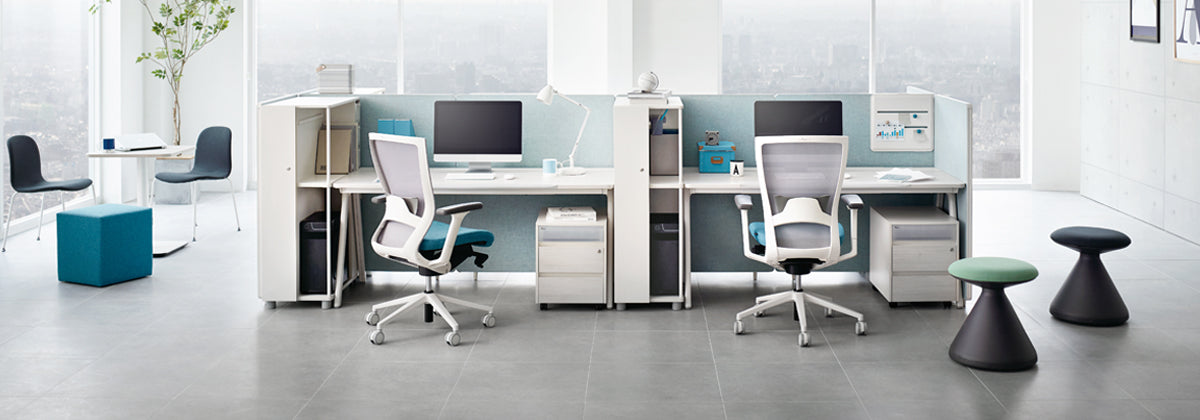Within the current fast-paced office settings, having the appropriate workspace desk can significantly improve productivity and comfort. As more people shifting to blended and telecommuting work setups, understanding the essential characteristics of an office workstation table becomes crucial. Regardless of whether you're establishing a home office or redesigning a traditional workspace, the right desk can create all the impact in how effectively you function day to day.
When consider options for your office workstation, factors such as dimensions, design, and usability hold a crucial role. A well-designed workstation not just acts as a practical platform for your devices but further contributes to the complete aesthetics of your workspace. From traditional desks to contemporary, adaptable tables, understanding which features to look for will help you make an informed decision that aligns with your needs and preferences.
Main Characteristics of Work Desk Desks
As you selecting an workspace desk, an important of consider is the size and configuration of the desk. It should fit well within your office area while allowing for sufficient movement and access. A properly sized workstation can boost efficiency, allowing easy reach to supplies and materials without clutter. A range of designs and dimensions are available to suit different office needs, from compact desks for limited spaces to larger tables for collaborative environments.
An additional essential aspect is the ergonomic design of the workstation. An intuitively designed table encourages better posture and comfort during long hours of use. Features such as customizable height settings, rounded edges, and a spacious surface for digital equipment can significantly reduce the risk of strain and tiredness. Consider tables with the ability to adjust height settings for both seated and upright positions, which can further enhance workplace health and productivity.
In conclusion, storage options are essential for maintaining an efficient workstation. A variety of modern workspace tables include built-in storage options, such as cabinets and shelves, which help keep necessary items accessible. This aspect allows for a clutter-free workspace, improving focus and attention. Additionally, look at the build quality and durability of the table, ensuring it can withstand frequent use while enhancing the complete workplace aesthetics.
Determining the Appropriate Size for Your Work Area
Selecting the right dimensions for your workspace desk is essential for both efficiency and comfort. An office workstation table that is oversized can overwhelm a tight space, while a table that is too small may not have enough space for key equipment. To identify the perfect fit, consider the dimensions of your workspace and the arrangement of your furniture. Measure the existing area to make sure that your workstation can accommodate not just your computer but also any extra items such as monitors, keyboards, and office supplies.
The elevation of the workstation table is an additional key factor to consider. A table that is the correct height will support better ergonomics and reduce discomfort while working. Taller individuals might need a higher table, while smaller individuals may need a shorter one. Furthermore, if you plan to use several monitors or work with large documents, a deeper table can provide more workspace, allowing you to spread out your tasks without feeling cramped.
Finally, think about your work style when selecting the size of your office workstation table. If you need extra devices such as printing machines or scanners, you may need a larger model. Additionally, if your workspace is shared or you anticipate needing extra space for collaboration, opting for a flexible or adjustable-size table can provide flexibility. Assessing your personal needs and office space will guide you towards the best option for a cozy and effective workstation setup.


Development Factors for Corporate Desks

When creating office workstations, user-friendliness should be a high priority. An corporate workstation surface must facilitate a ergonomic working setup to lessen fatigue and boost productivity. Components such as flexible chair heights, desk surfaces at appropriate heights, and monitor placement should facilitate natural body position. Incorporating elements like keyboard platforms and footrests can also enhance comfort during long working shifts.
The layout and dimensions of the workstation are just as essential. An work workstation desk should be spacious enough to hold essential gear, including laptops, printers, and personal items without creating clutter. Thought of office layout will also impact the dimensions and design, making sure that each workstation enables seamless movement and collaboration while maintaining a sense of personal space.
Aesthetic appeal should not be disregarded in workstation creation. The selection of materials, colors, and finishes can considerably influence the overall look of the workspace space. Choosing a current and harmonious design will not only enhance the environment but also reflect the business's brand character. Thoughtfully designed workstations can add to a positive and motivating workplace culture, fostering both employee satisfaction and efficiency.
Components and Longevity
When selecting an office workstation table, the selection of materials greatly impacts both aesthetics and longevity. Typical options include wood, metal, and synthetic surfaces. Each material offers its own advantages; for example, solid wood provides a classic look and sturdy construction, while metal frames can offer a more modern appearance and increased strength. Laminate surfaces are often cost-effective and scratch-resistant, making them well-suited for high-traffic office environments.
Durability should be a primary consideration during the investment in a table desk for your office. Look for high-quality construction that includes reinforced joints and sturdy legs. Additionally, ensure that the materials used are resistant to wear and tear, particularly in busy workstation setups. Choosing a model with a warranty can also offer reassurance, as it demonstrates the manufacturer's confidence in the table's durability.
Ultimately, the right combination of materials will depend on your specific office needs and style preferences. Offices that face heavy use may prioritize materials that can endure rigorous usage, whereas those in more relaxed environments might focus on visual attractiveness and ergonomics. Taking time in understanding the choices available will ensure that your workstation table meets both functional and aesthetic requirements effectively.
Estimating Costs for Your Office Desk
When thinking about the purchase of an office workstation table, financial planning is essential to ensure you obtain a piece that meets your requirements without overspending. Start by determining the maximum amount you can spend for your desk and any supplementary items you may want. Costs for workstation tables vary widely based on factors such as design, construction, size, and features. Taking the time to investigate different types and their prices will help you establish a feasible budget.
It is also important to factor in additional costs that may occur after the initial purchase. Think about any essential modifications or enhancements you might desire, such as comfortable seating, storage solutions, or cable management systems. These additions can really influence your overall budget. Remember that spending on quality furniture can boost efficiency and comfort, making it a valuable investment.

In conclusion, consider various buying choices to find the greatest value. table desk officeworks offer aggressive prices, so keep an eye out for sales, discounts, and choices found at stationery shops or online marketplaces. Local listings, such as OLX or local ads, can also yield secondhand options that fit your budget while still providing the utility needed for an efficient workstation. By comprehensively planning of your budget, you can assuredly make an informed decision on your workspace desk.

